Why Torque Sensors are Superior to Cadence Sensors in E-Bikes: A Technical Analysis
Electric bikes have revolutionized urban mobility by offering an efficient, eco-friendly alternative to traditional transportation. At the heart of this revolution is the pedal assist system, which relies on sensors to adjust the motor’s output based on the rider’s input. Two main types of sensors dominate the market: torque sensors and cadence sensors.
Understanding Torque Sensors
Torque sensors measure the actual force a rider applies to the pedals, providing real-time data to adjust the motor’s power. This creates a smooth, intuitive riding experience, as the motor’s assistance directly correlates with the rider’s effort. Technical data indicates that torque sensors, such as those operating on the principle of strain gauge technology, can detect changes in pedal force with high sensitivity, typically within milliseconds.
The precision of torque sensors offers significant advantages in terms of efficiency and battery life. For instance, studies show that torque-sensing systems can enhance battery efficiency by up to 15% compared to systems without this feature, due to their precise control over motor output.
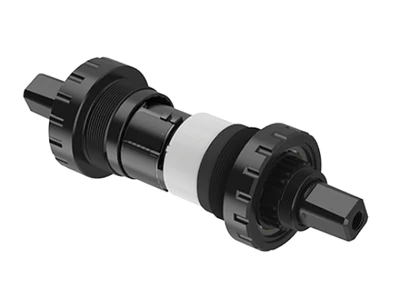
Understanding Cadence Sensors
In contrast, cadence sensors detect the rate at which the pedals are turning, regardless of the force applied. They trigger motor assistance after detecting pedal movement, which can result in a less natural riding experience. While cadence sensors are simpler and cheaper, they lack the sophistication to match motor assistance with rider effort seamlessly.
The primary limitation is their binary nature; they either switch the motor assistance on or off based on pedal movement, which can lead to jerky starts and stops. Additionally, cadence sensors do not account for varying levels of rider fatigue or incline, potentially leading to over or under-assistance in different riding conditions.
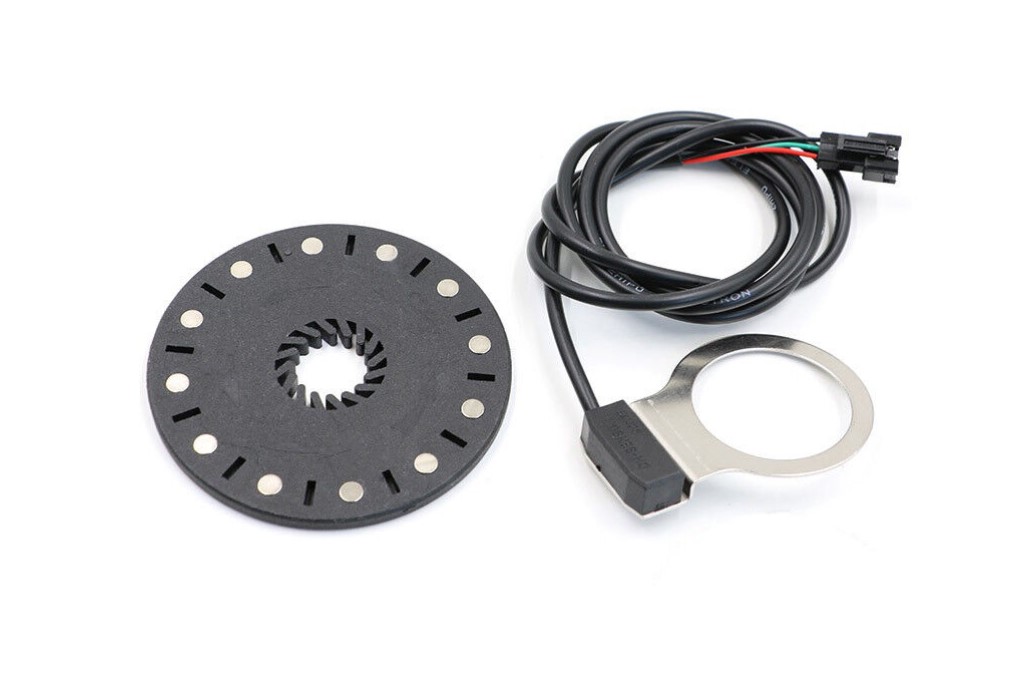
Comparison and Advantages of Torque Sensors
Comparing the two, torque sensors stand out for their responsiveness and ability to mimic natural biking. They provide a proportional assistance level that adjusts dynamically, offering a more comfortable and intuitive ride. This is especially beneficial on varied terrains where the required rider input can change rapidly.
Moreover, data from real-world applications show that e-bikes equipped with torque sensors are preferred for their performance and riding experience. For example, in a survey conducted among e-bike users, 85% reported a preference for the natural feel and responsive assistance of torque sensors over the binary response of cadence sensors.
Real-world Application and Consumer Feedback
Consumer feedback reinforces the technical advantages of torque sensors. Riders consistently report greater satisfaction with the natural riding dynamics, improved control, and overall efficiency of their e-bikes. Additionally, usage data highlights that e-bikes with torque sensors tend to have longer battery life and better range, due to more efficient use of power.
Conclusion and Future Outlook
In summary, while both torque and cadence sensors play essential roles in the functionality of e-bikes, torque sensors offer superior performance, efficiency, and rider satisfaction. As e-bike technology continues to evolve, we can expect further advancements in sensor accuracy and integration, ensuring even more responsive and enjoyable riding experiences.

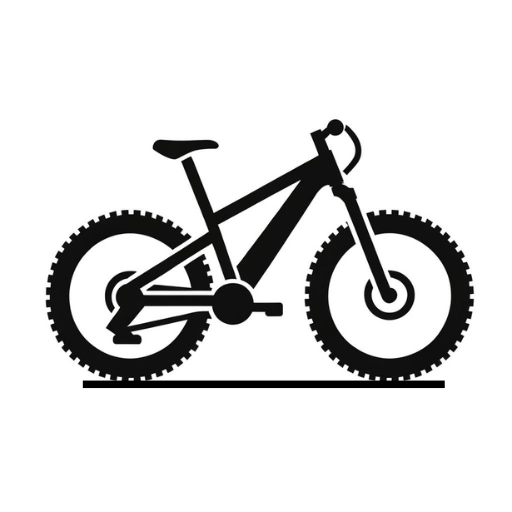
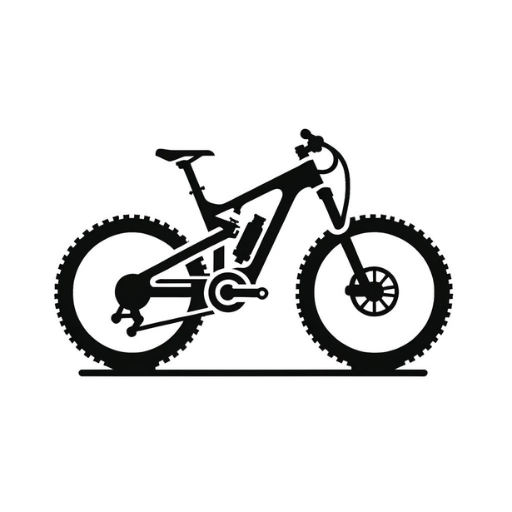
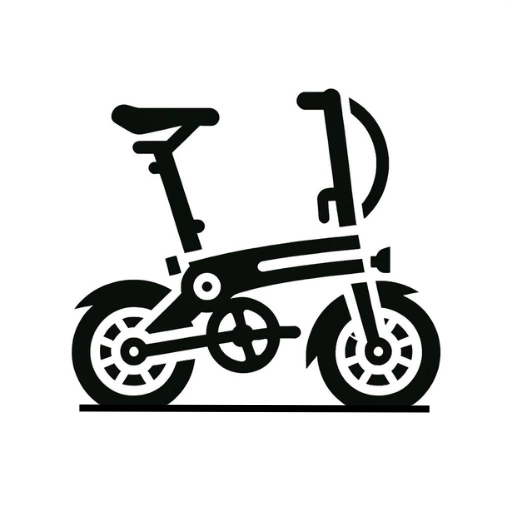
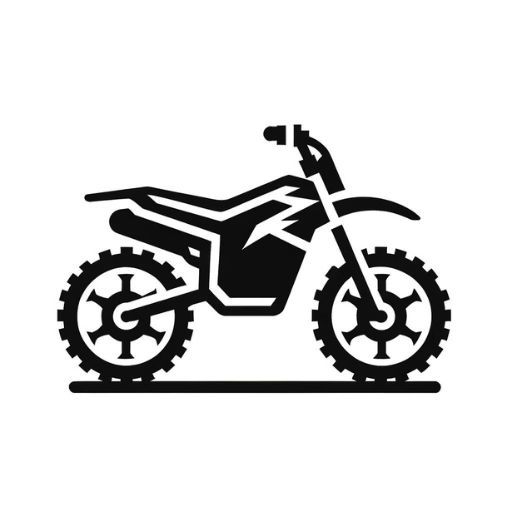
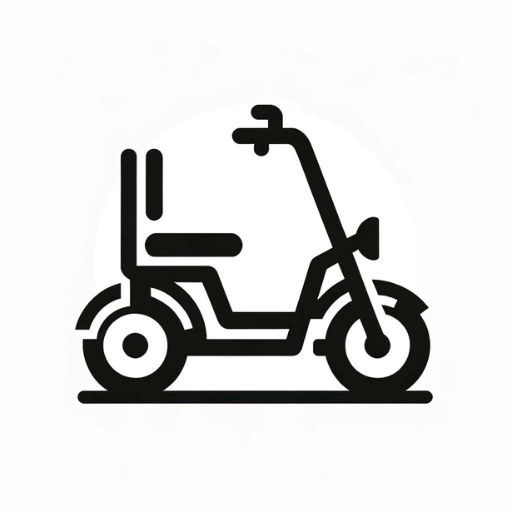
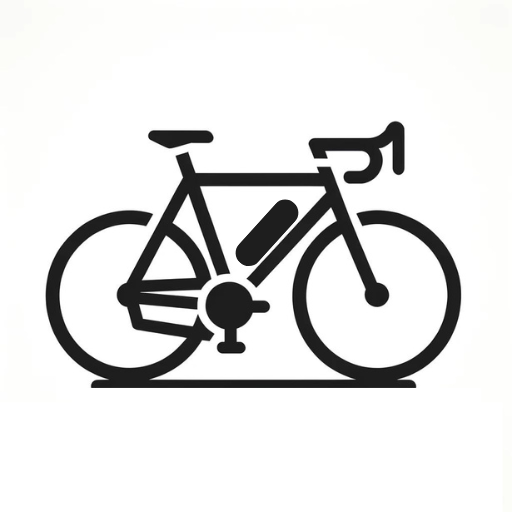
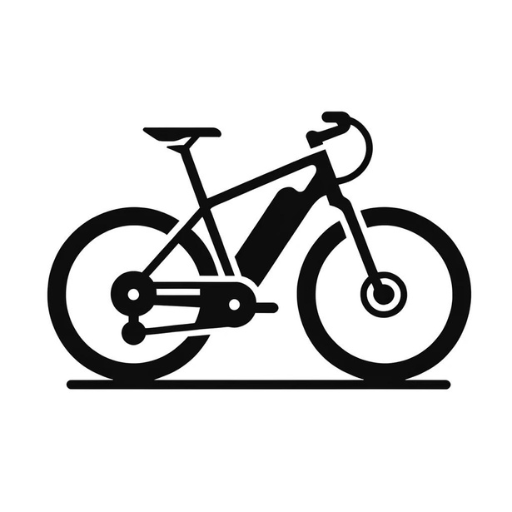
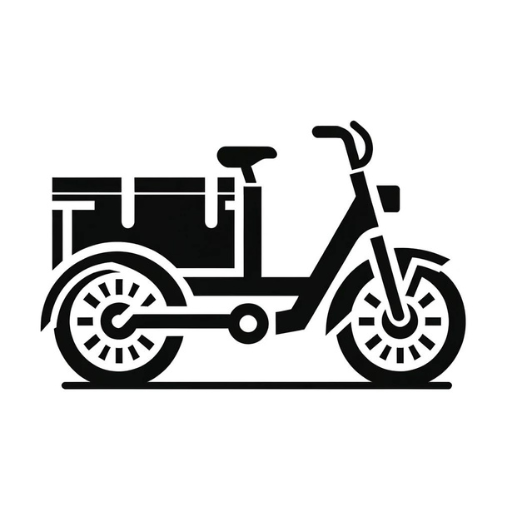

Leave a Comment